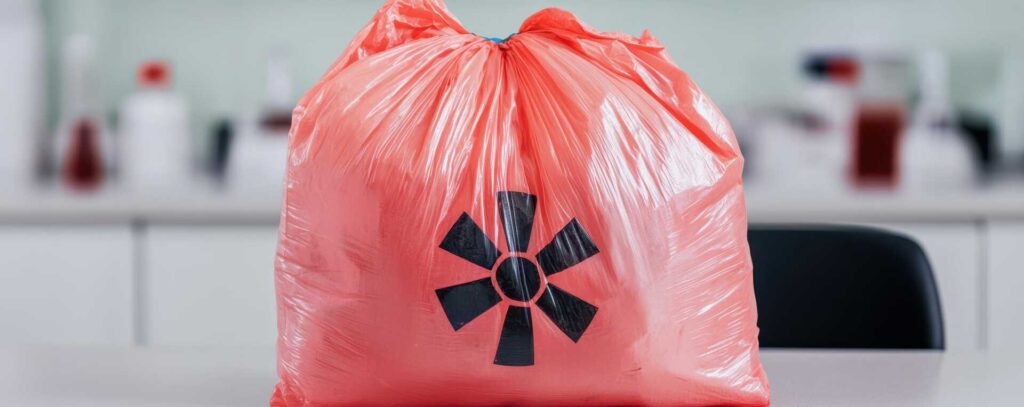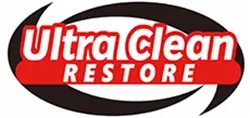
Contents
Flooded homes present significant biohazard decontamination risks that many overlook, especially when it comes to identifying the type of floodwater involved. Understanding the differences between clean, gray, and black water is vital for effective decontamination. To tackle these challenges, you’ll need to prioritize safety, properly remove contaminated materials, and ensure thorough disinfection. Let’s explore essential tips that can safeguard your health and restore your home effectively.
Key Takeaways
- Wear appropriate protective gear, including gloves, masks, and suits, to minimize exposure to biohazards during cleanup.
- Identify and remove contaminated materials like soaked drywall, insulation, and carpets to prevent mold growth.
- Use EPA-approved disinfectants to sanitize affected surfaces, ensuring thorough cleaning to eliminate pathogens.
- Ensure proper ventilation and use dehumidifiers to reduce moisture levels and inhibit mold development.
- Document and dispose of debris responsibly, following local regulations for biohazardous waste management.
Assessing the Damage and Identifying Biohazards
When you enter a flooded home, it’s essential to assess the damage thoroughly to identify potential biohazards.
Begin your flood assessment by observing the extent of water damage and noting areas with standing water. Focus on materials like drywall, insulation, and wooden structures, as these can harbor harmful microorganisms. Look for discoloration, mold growth, or unusual odors that signal contamination.
During hazard identification, consider the source of the floodwater. Clean water from a pipe leak poses fewer risks than gray or black water, which may contain sewage or chemicals.
Document any visible debris, as well as the presence of rodents or insects that may have entered due to flooding. This information will help you prioritize cleanup and decontamination efforts effectively.
Ensuring Personal Safety and Proper Gear
Before you begin the decontamination process, it’s vital to prioritize your personal safety by wearing the appropriate protective gear. Following safety protocols safeguards your health and enhances your efficiency during cleanup.
Here’s a brief list of personal protective equipment (PPE) you should consider:
- Nitrile Gloves: These protect your hands from harmful substances and pathogens.
- Respirator Mask: A mask with a proper rating will filter out hazardous particles from the air.
- Protective Suit: An impermeable suit shields your skin and clothes from contaminants.
Wearing this gear is important for minimizing exposure to biohazards.
Always verify your protective equipment is in good condition before starting, and never take shortcuts on safety protocols. By prioritizing your well-being, you’ll be better equipped to tackle the challenges of decontaminating your flooded home.
Removing Contaminated Materials
Removing contaminated materials is a critical step in the decontamination process following a flood. Start by evaluating your home for items that can’t be salvaged, such as heavily soaked carpets and damaged furniture.
For effective furniture removal, consider hiring professionals who specialize in biohazardous waste management to ensure safety and compliance with local regulations. If you’re tackling it yourself, wear protective gear and follow proper lifting techniques to avoid injury.
When it comes to carpet disposal, roll up the affected sections and seal them in sturdy plastic bags to prevent the spread of contaminants. Be sure to label these bags clearly, as they may require special handling at your local waste facility.
Disinfecting and Sanitizing Affected Areas
Once you’ve removed contaminated materials, it’s vital to disinfect and sanitize the affected areas to prevent health risks.
Gather essential cleaning supplies, including disinfectants and personal protective equipment, to ensure effective treatment.
You’ll need to apply appropriate disinfection methods to eliminate any remaining pathogens and safeguard your environment.
Essential Cleaning Supplies
To effectively disinfect and sanitize areas affected by floodwaters, you’ll need a range of essential cleaning supplies.
Start by gathering quality cleaning equipment and make sure you have the right protective gear to stay safe during the process.
Here are three key items you should have on hand:
- High-grade disinfectants – Look for EPA-approved products effective against biohazards.
- Heavy-duty trash bags – These are crucial for safely disposing of contaminated materials.
- Personal protective equipment (PPE) – Include gloves, masks, and goggles to protect yourself from harmful pathogens.
Having these supplies ready will enable you to tackle the cleanup efficiently and minimize health risks for you and your loved ones.
Stay safe and organized during this challenging time.
Effective Disinfection Methods
As floodwaters recede, it’s crucial to implement effective disinfection methods to ensure your home is safe from lingering pathogens. Start by using chemical disinfectants that are EPA-approved for flood cleanup. Focus on surface sanitization in areas affected by water, including walls, floors, and furniture.
| Step | Action |
|---|---|
| 1. Prepare Surface | Remove debris and mud. |
| 2. Apply Disinfectant | Use a suitable chemical disinfectant. |
| 3. Rinse and Dry | Rinse surfaces and ensure complete drying. |
These steps ensure you eliminate harmful microorganisms, making your home a safe haven for you and your loved ones. Remember, thorough sanitization is key to preventing future health risks.
Dealing With Mold Growth Post-Flood
When floodwaters recede, the risk of mold growth becomes a pressing concern that requires immediate attention. Mold can develop in as little as 24-48 hours, so it’s vital to act quickly.
Here are three essential steps for effective mold prevention:
- Remove wet materials: Discard soaked carpets, drywall, and insulation, as they’re breeding grounds for mold.
- Improve air circulation: Open windows and use fans to promote airflow, helping to dry out affected areas more rapidly.
- Use dehumidifiers: These devices can markedly reduce moisture levels in the air, further inhibiting mold growth.
Proper Disposal of Biohazardous Waste
Proper disposal of biohazardous waste is essential to guarantee safety and prevent further contamination after a flood. You must understand the local waste management protocols and disposal regulations to ascertain compliance.
First, identify all contaminated materials, including textiles, furniture, and any other items exposed to floodwaters. Seal these items in leak-proof bags to prevent exposure during transport.
Next, contact your local waste management facility to inquire about specific disposal options for biohazardous materials. Many areas have designated drop-off locations or special collection days for hazardous waste. Make sure to follow their guidelines meticulously to avoid legal repercussions and community health risks.
Additionally, keep a record of what you dispose of, as this can be vital for insurance claims or future reference.
Adhering to these steps fosters a safer environment for you and your community, ensuring that you’re taking responsible actions after a flood.
Seeking Professional Help for Comprehensive Cleanup
If you’ve faced a flooding incident, seeking professional help for extensive cleanup can greatly reduce health risks and assure thorough decontamination.
Relying on professional services guarantees that your home is restored to a safe environment, particularly when dealing with biohazardous materials.
Here are three reasons to weigh professional cleanup:
- Expertise: Professionals have the training and experience to identify hazardous materials and handle them safely.
- Equipment: Specialized tools and disinfectants are necessary for effective decontamination, which most homeowners lack.
- Insurance Support: Many flood insurance policies cover professional cleanup costs, making it a viable option for homeowners.
Don’t underestimate the importance of addressing potential health hazards.
Investing in professional services protects your home and contributes to your community’s overall well-being.
Recap
In the aftermath of a flood, think of your home as a ship that’s weathered a storm. To keep it afloat, you must diligently patch the leaks and clear the debris. By prioritizing safety, quickly removing contaminated materials, and thoroughly disinfecting your space, you safeguard your vessel against mold and biohazards. If the waters run too deep, don’t hesitate to call in skilled sailors—professionals who can navigate the complexities of restoration and ensure your home is seaworthy once more.
Recent Posts
How to Safely Decontaminate Flood-Damaged Homes
Flooding affects millions of homes in the U.S. each year, making effective decontamination essential for
Why Is Biohazard Decontamination Crucial After Flooding?
After a flood, the aftermath can feel like a battleground, with contaminated water lurking like
What Is Biohazard Decontamination for Flooded Homes?
When floodwaters recede, they often leave behind more than just moisture; they can introduce serious
